

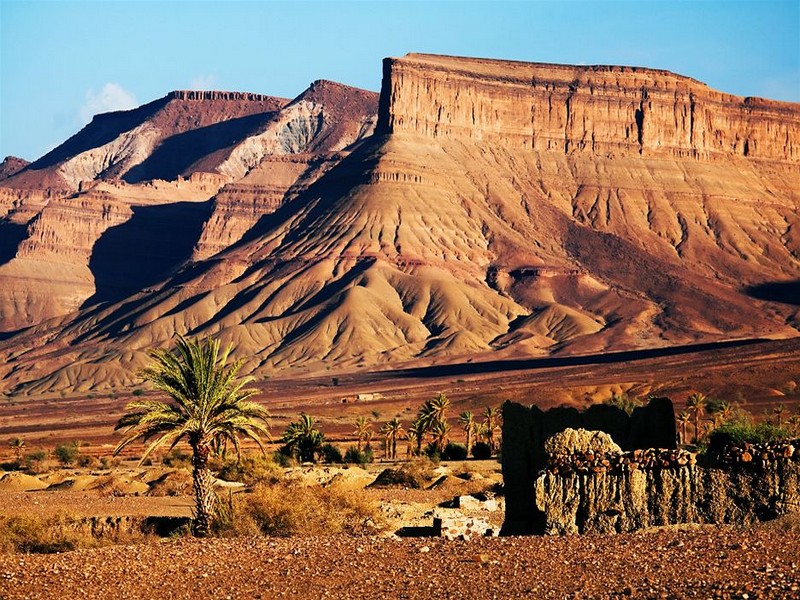
A plate tectonic evolution of the Anti-Atlas on a global scale
DR.Hervé Rezeau, DR.Cyril Chelle-Michou & DR.Michael Calder
SEG Student Chapter of Geneva (Switzerland)
SEG Student Chapter of Montpellier (France)
In the western Maghreb, the Variscan (Hercynian) belt extends into the Meseta and Atlas do- mains, being widely exposed in the large Paleozoic massifs of the Moroccan Western Meseta and West- ern High Atlas, whereas it forms smaller massifs in the Eastern Meseta, Middle Atlas and Central- Eastern High Atlas (Fig.1). Altogether, these massifs define the Meseta Domain, whose late Paleozoic evolution was accompanied by significant metamorphism and magmatic intrusions. This domain is also referred to as the Meseta Block (although it was not a single block until the end of the Variscan Orogeny) and corresponds to the southwesternmost segment of the Variscan belt of Europe. The Anti-Atlas belt extends south of the Meseta Domain and can be regarded as the common foreland fold belt of both the Mesetan Variscides and northernmost Mauritanides. The Anti-Atlas belt connects to the east with the coeval, intracontinental Ougarta belt that extends essentially into the Algerian territory (Fig.1).
Figure 1: Landsat image of Morocco (from Michard et al. 2008)
The tectonic evolution of the Anti-Atlas basin and fold belt in relation to plate tectonics on aglobal scale is illustrated in Fig. 2, and summarized below (Burkhard et al., 2006):
(1)During the Panafrican orogeny, a series of terranes are accreted to the West African craton on its northern and probably western side. While the northeastern suture (Bou Azzer) and terranes to the northeast will remain in place, northwestern and western borders are subsequently reactivated and a series of terranes or continental fragments will be ripped off again during the Palaeozoic. The southwestern Anti-Atlas, however, at the margin of the Saharan metacraton remains attached to Gondwana throughout its Palaeozoic history.
(2)In Late Proterozoic–Early Cambrian, the Anti-Atlas area is in extension with the formation of many widely distributed graben and halfgraben structures, filled in with coarse clasts mostly of igneous origin. The youngest volcanism is tholeiitic–alkaline and indicates an intracontinental setting. The geodynamic significance of this extensional event is not entirely clear, however. It could be related to a southeast dipping, major and longlived subduction zone on the northwestern margin of Gondwana, causing a wide area of extension cratonward in a basin and range style.
(3)From Middle Cambrian through Middle Carboniferous, the western Anti-Atlas basin is characterized by a strong and essentially linear subsidence trend, leading to the accumulation of more than 10 km of mostly fine-grained clastic sediments, shed into an epicontinental sea from the African craton. There is little evidence in this stratigraphic record for tectonic events postulated to have taken place along the active northwestern plate margin of Gondwana. The departure of Avalon, Armorica and Hunic terranes from this margin in successive events of back-arc spreading must have brought the Anti-Atlas Sea increasingly closer to the open ocean(s) (Rheic and Palaeo-Tethys). From Silurian times onward, the Anti-Atlas Basin could thus represent the passive margin of the Palaeo-Tethys ocean, but very little if any sediments of the more distal parts of this passive margin are preserved anywhere (with the possible exception of terrains west of Guelmin and near Tineghir).
(4)In Late Carboniferous–Permian (?) compression leads to an event of strong inversion and folding. Basement is uplifted and folded into huge antiformal culminations (boutonnières) which punctuate the southwestern Anti-Atlas fold belt. The structural relief of the basement culminations is in excess of 10 km; minimum estimates of total shortening are 15 to 25 km. The Anti-Atlas belt does not represent a classical frontal, thin-skinned foreland fold-and-thrust-belt of the Appalachian–Variscan orogen, however, but rather an intracratonic, thick-skinned basement inversion belt. Similar time-equivalent belts occur further east into the African craton (Ougarta, Ahnet), but no such structures are known on the American side of the Appalachian chain.
Figure. 2: Evolution of the Variscan segments of Morocco during the Paleozoic, after Burkhard et al. (2006), based on the paleogeographic maps of Stampfli & Borel (2002). The figure is modified according to G. Stampfli, personal comm., in litt. 2008. The Meseta block is considered as separated from Gondwana (Anti-Atlas) by a Devonian Ocean (“Paleo-Tethys”). Aval, Av: Avalonian terranes; Meg: Meguma; WA/NAC: West African/North American Craton. From Michard et al. (2008).
Source web: DR.Hervé Rezeau, DR.Cyril Chelle-Michou & DR.Michael Calder unige.ch
Les articles en relation
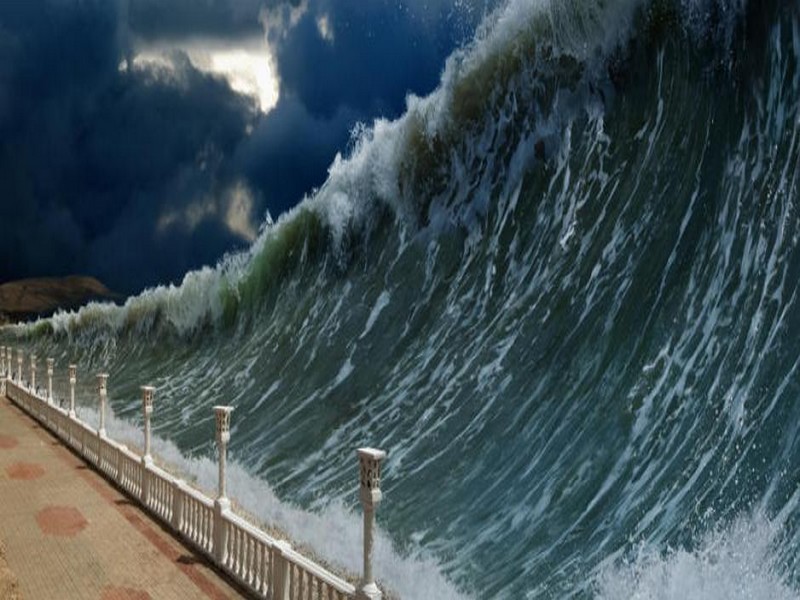
Ce risque de tsunami dévastateur en Méditerranée
Ce risque de tsunami dévastateur en Méditerranée Les côtes méditerranéennes pourraient-elle être balayées par un tsunami ? D'après certains chercheurs, le danger est bi
Savoir plus...
L’espace culturel de la place Jemaa el-Fna
L’espace culturel de la place Jemaa el-Fna Inscrit en 2008 sur la Liste représentative du patrimoine culturel immatériel de l’humanité (originellement proclamé en 2001) Pays : Maroc Descr
Savoir plus...
Honor View 20, un smartphone avec un trou dans l'écran
Honor View 20, un smartphone avec un trou dans l'écran Trois innovations dans le nouveau smartphone haut de gamme Honor : un capteur caché directement dans l’écran, un capteur de 48 millions de pixels e
Savoir plus...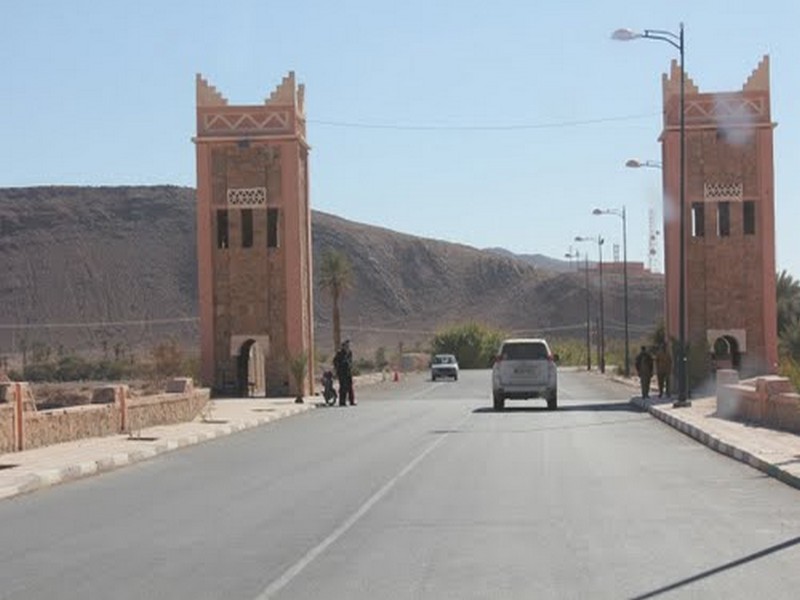
La ville de Tata
La ville de Tata Tata est une ancienne oasis. Selon la légende ce sont les Almoravides au XIe siècle qui décidèrent d'implanter une palmeraie à Tata comme celle de Marrakech. Aprés, le su
Savoir plus...
Journée internationale de la prévention des catastrophes
Journée internationale de la prévention des catastrophes «Plus 90% des catastrophes de grande ampleur sont des phénomènes climatiques extrêmes» Instituée par une résoluti
Savoir plus...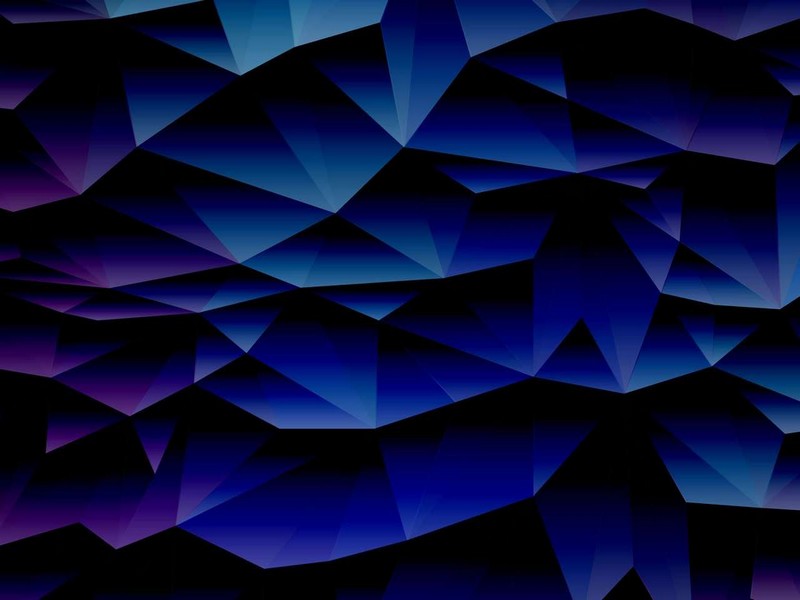
Microsoft annonce un Windows 10 gratuit et les lunettes HoloLens
Microsoft annonce un Windows 10 gratuit et les lunettes HoloLens Microsoft a tenu une nouvelle conférence dédiée à Windows 10 et annoncé que le nouvel OS sera proposé en mise à jour gr
Savoir plus...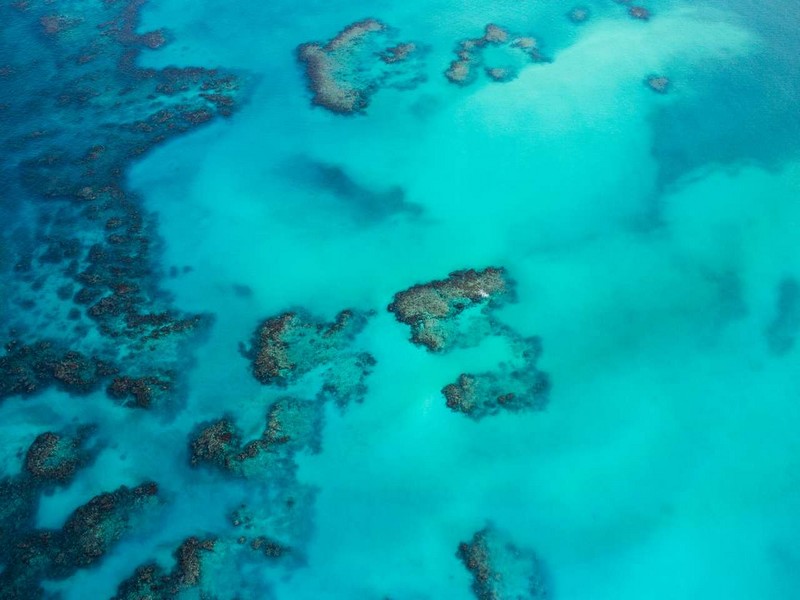
Le corail semble s'habituer au réchauffement climatique, est-ce une bonne nouvelle ?
Le corail semble s'habituer au réchauffement climatique, est-ce une bonne nouvelle ? Les récifs de la Grande Barrière de corail, au nord-est de l'Australie, ont moins souffert en 2017 alors que l'eau
Savoir plus...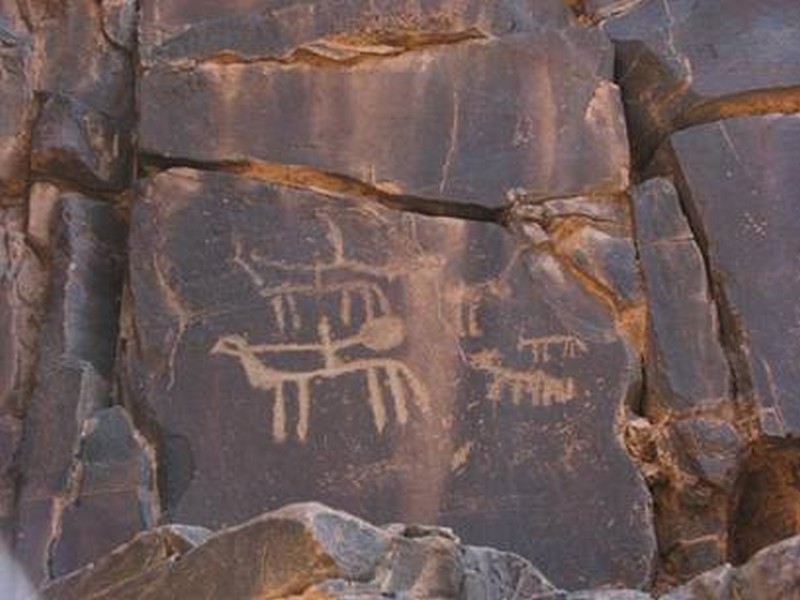
Gravures et peintures rupestres
La province d’Es-Smara est l’un des plus importants sites de l’art rupestre saharien. L’art rupestre est un domaine de la préhistoire saharienne .Cet art néolithique ,surtout&nb
Savoir plus...
Le Thé du désert
Le Thé du désert Dans le désert, le rituel du thé est une tradition, un art, une philosophie ! Il ne souffre pas la précipitation, chaque geste doit venir en son temps … Boisson universell
Savoir plus...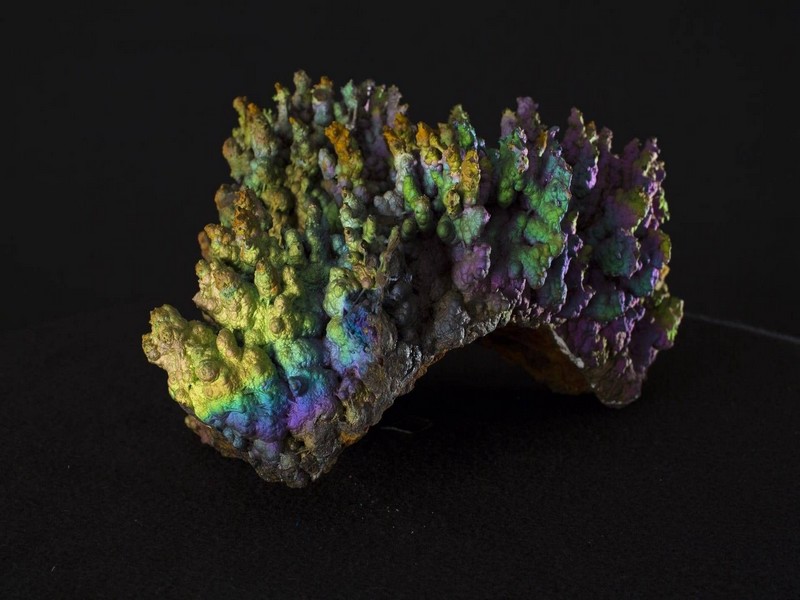
L’histoire de l’évolution des minéraux sur Terre (Documentaire)
L’histoire de l’évolution des minéraux sur Terre (Documentaire) Rien ne semble moins vivant que les roches. Pourtant, elles ont joué un rôle fondamental dans l’apparition de la vie sur Ter
Savoir plus...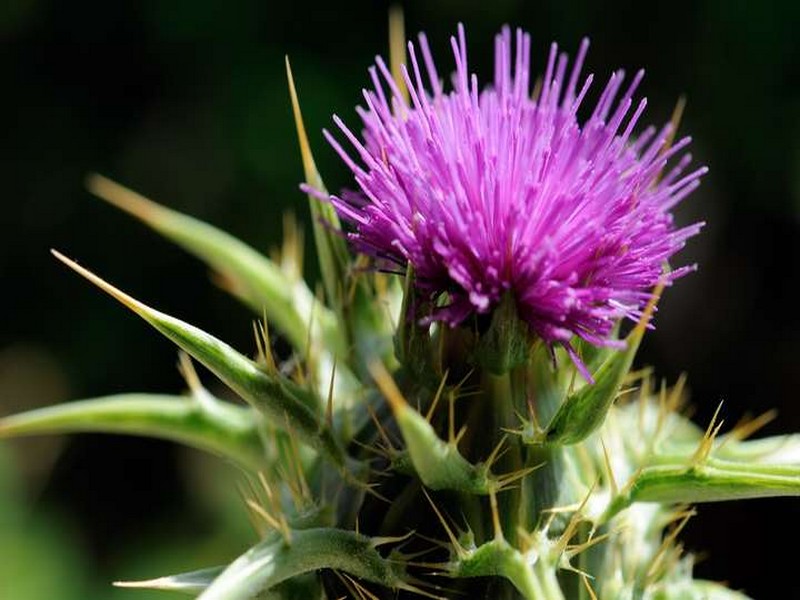
Chardon Marie
Chardon-Marie Le Chardon-Marie est une plante de la famille des Astéracées, de l'espèce Silybum marianum. La plante doit son nom à une légende : une goutte de lait de la Vierge Marie aurait lais
Savoir plus...
Les secrets de longévité de la tortue George dévoilés par son génome
Les secrets de longévité de la tortue George dévoilés par son génome Le génome de la tortue géante emblématique des Galápagos, George le solitaire, a été an
Savoir plus...Les tags en relation
En savoir plus sur " Géologie et Jbel Bani "
Consulter les vidéos de " Géologie et Jbel Bani " Consulter les photos de " Géologie et Jbel Bani " Consulter les publications de " Géologie et Jbel Bani " Consulter les éditions de " Géologie et Jbel Bani " Consulter les communications de " Géologie et Jbel Bani "Recherche du site
Recherche avancée / Spécifique
Géoparc et Recherche Scientifique
Le coins de l’étudiant



Blog Géoparc Jbel Bani
Dictionnaire scientifique
Plus de 123.000 mots scientifiques
Les publications
Géo parc Jbel Bani

Circuits & excursions touristiques

cartothéques


Photothéques
Publications & éditions



